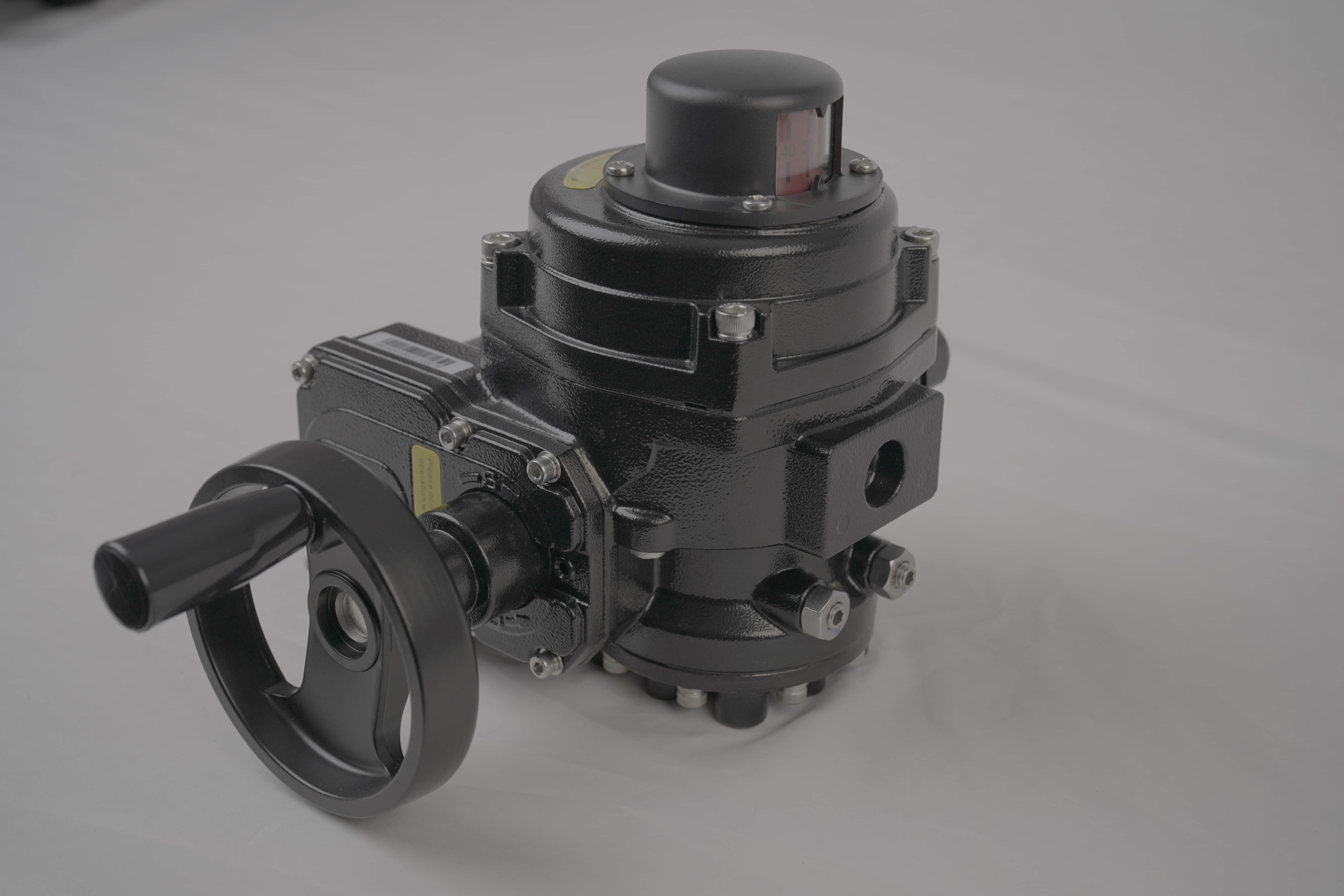the wcb lithium battery valve: a critical component for safety and performance, powered by helitech automation
Release time:2025-01-28 06:14:00
The rapid expansion of the electric vehicle (EV) industry and the increasing demand for renewable energy storage have propelled the lithium-ion battery market to new heights. As lithium-ion batteries become more prevalent, ensuring their safety, efficiency, and reliability has become paramount. One of the crucial components that contribute to these factors is the valve used in the battery system. In this context, the WCB (Water-Cooled Battery) lithium battery valve plays a vital role in maintaining optimal performance while safeguarding against potential hazards. At the forefront of this innovative technology is Helitech Automation, a leader in the development and integration of advanced automated systems for battery management solutions.

What is a WCB Lithium Battery Valve?
A WCB lithium battery valve is an integral part of the cooling system in lithium-ion batteries, particularly in applications where high energy density and high-performance cells are required. These valves help regulate the flow of coolant through the battery pack, ensuring that the batteries maintain a safe operating temperature. Overheating is one of the major concerns with lithium-ion batteries, as excessive heat can degrade battery performance, shorten its lifespan, or even lead to dangerous situations like thermal runaway.
In a water-cooled system, the WCB valve is responsible for controlling the flow of coolant to the battery cells. By allowing or restricting coolant flow based on temperature sensors, the valve ensures that each cell receives the optimal cooling necessary to avoid heat buildup. This is particularly important in high-capacity batteries used in electric vehicles, renewable energy storage systems, and other applications that require a constant, reliable energy output.

